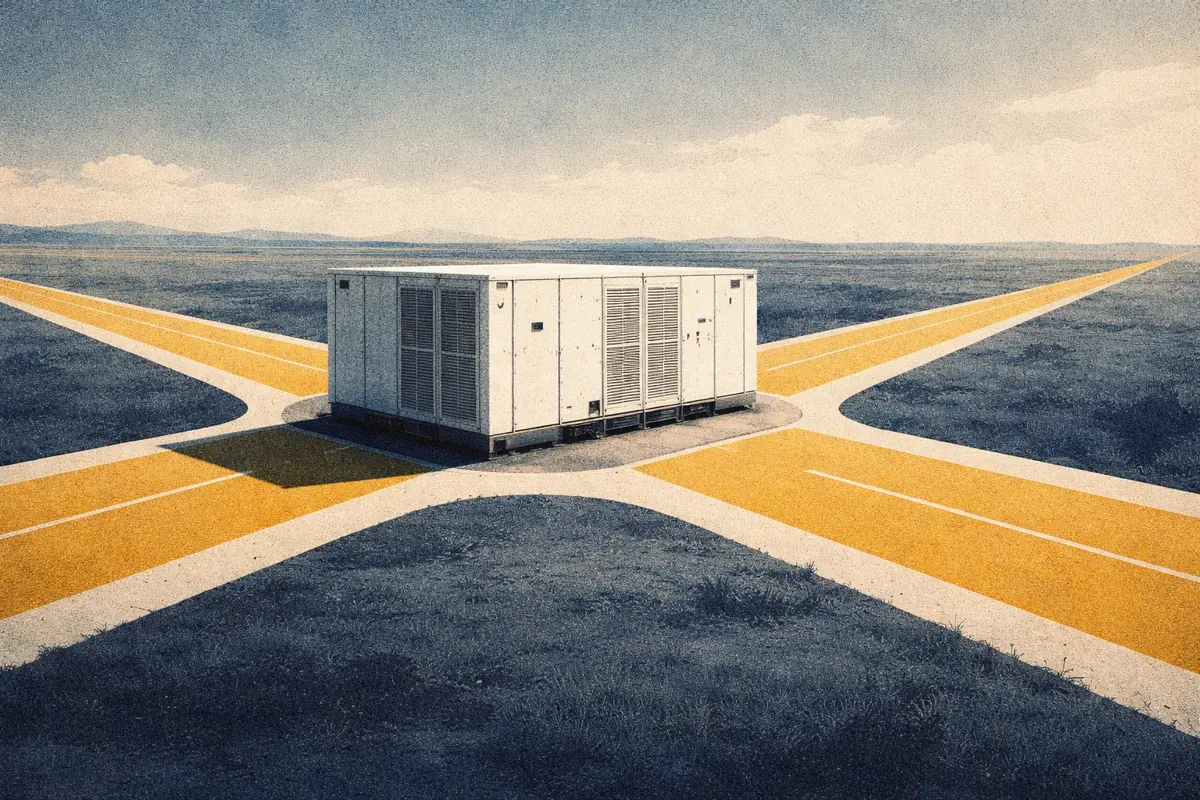Early Winter Outlook 2024/25: What might prices look like?
Early Winter Outlook 2024/25: What might prices look like?
In June 2024 the ESO released the Early Winter Outlook for winter 2024/25. This includes expected levels of generation and demand in the coming winter and suggests that a repeat of the low wholesale volatility seen in winter 2023/24 looks likely.
This article will cover:
- Key details from ESO’s early winter outlook for winter 2024/25
- A summary of the ESO Winter Review for winter 2023/24
- A view into wholesale price spreads based on the early outlook and the Modo GB Bess forecast (GB BESS Outlook subscribers only)
- A view on forecasted battery revenues for winter 2024/25 (GB BESS Outlook subscribers only)
The margin between generating capacity and demand is expected to increase this winter
The early winter outlook gives an initial view of generation capacity and peak demand expected next winter. Margins are expected to be 5.6 GW in winter 2024/25, which is a 9.4% difference between peak demand and generation capacity.

In the early outlook, 120 GW of total generation capacity is expected in winter 2024/25. This is a 4 GW increase from the 116 GW in the early outlook for 2023/24 and equates to a de-rated capacity of 65.4 GW.
This increase follows a rise in offshore wind and gas peaker capacity, which offsets the retirement of the Ratcliffe coal plant. Storage capacity increases by 1 GW, however last winter battery capacity was lower than ESO expectations.
Meanwhile, forecast peak average cold spell (ACS) demand has reduced to 59.8 GW from 60.3 GW. This reflects a general reduction in electricity demand over the last few winters. Actual average winter peak demand was 42 GW in winter 2020/21 and 40 GW or below in the winters since.
Overall, this means winter 2024/25 is expected to have a higher margin of 5.6 GW (9.4%) compared to 4.8 GW (8%) in the early outlook for last winter.
So, how likely will these margins come close to reality?
Reduced generating capacity caused surplus to fall below the expected range in winter 2023/24
Alongside the Early Winter Outlook, ESO also published a review of the winter 2023/24. Last winter margin mostly remained within the 90% confidence bound ESO forecasted. However, margin did fall below this band on 14 separate days.
This was due to lower-than-expected wind generation, extended nuclear outages, and an unplanned outage on IFA2. In addition to this, demand increased during cold spells. The actual indicative outturn surplus was 12 GW, compared to a forecast average of 14 GW.

The actual winter peak demand (including reserve) at 47.6 GW occurred during the cold spell on 15th January 2024. It was slightly lower than the forecast peak demand (including reserve) of 48.2 GW. On this day, wind generation was high but interconnector utilization was low so the margin was 5 GW. Margin went as low as 1.6 GW on 16th November 2023.
Winter 2023/24 marked a change in the generation stack
From winter 2020/21 to 2022/23, CCGTs, wind, and nuclear have made up the greatest proportion of generating capacity on the grid. However, following outages, new capacity, and retiring sites, winter 2023/24 saw changes in the proportions of energy generation each technology provided.

Increased wind capacity alongside falling power prices in Europe increased the proportion of electricity provided by wind and interconnectors. However, the greater reliance on these fuel types also contributed to the variations in surplus.
On the other hand, CCGTs, nuclear, and coal saw reductions in the proportion of the stack these technologies made up. Nuclear had a much higher outage rate than expected - it ended winter with a 39% breakdown rate compared to 14% forecast. Four out of the five currently operational nuclear power stations are now approaching retirement.
Winter 2023/24 saw the lowest wholesale spreads for the last four years. The increased margin expectation in the recent early winter outlook suggests this is unlikely to change, but there are some factors that could improve price volatility for batteries.
What the early winter outlook means for batteries
Wholesale prices are largely driven by prices for gas and carbon - and this affects spreads, too.
During winter 2023/24, the UK ETS carbon price dropped to record lows. Auctions cleared as low as £32/tCO2, whereas carbon prices in the previous two winters had averaged £70/tCO2. Gas prices also fell significantly in the second half of winter 2023/24, reaching a low of £19.66/MWh in mid-February.
Already a subscriber?
Log in







